Baking a cake is often associated with celebration, joy, and indulgence. But for those who avoid gluten, either due to celiac disease, gluten sensitivity, or by personal choice, finding the perfect cake recipe can feel like a daunting task. The good news is that gluten-free cakes can be just as rich, fluffy, and delicious as their traditional counterparts. This guide will teach you how to bake the best gluten-free vanilla cake so you never miss out on a sweet occasion again!
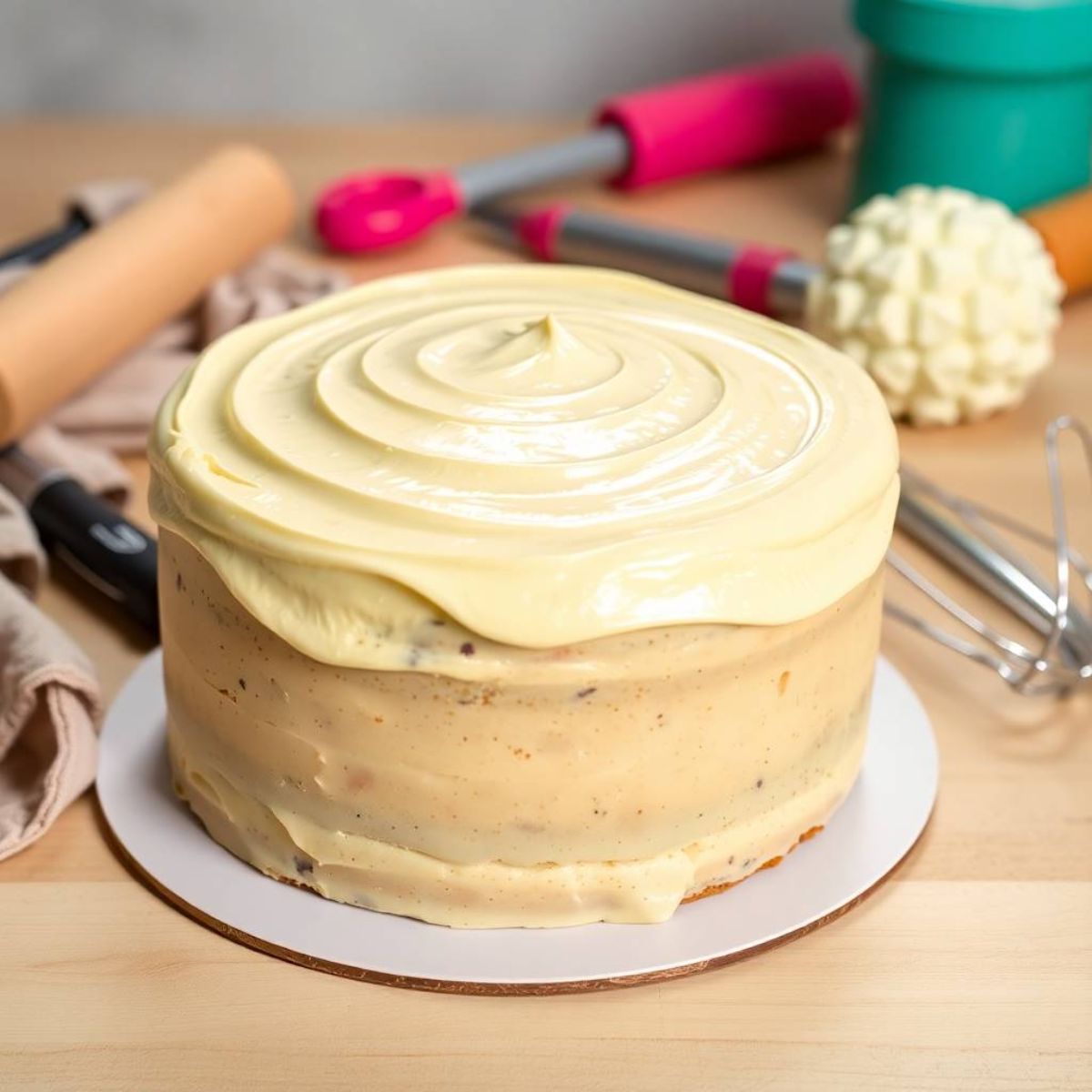
Jump to:
- What is Gluten?
- The Science Behind Gluten-Free Baking
- Choosing the Best Gluten-Free Flours for Vanilla Cake
- Essential Ingredients for Gluten-Free Vanilla Cake
- Common Mistakes to Avoid in Gluten-Free Baking
- How to Make Gluten-Free Cake Moist
- Frosting and Icing for Gluten-Free Cakes
- Creative Gluten-Free Cake Recipes
- Baking Techniques for the Perfect Gluten-Free Cake
- Gluten-Free Cake Mixes: Are They Worth It?
- How to Make Gluten-Free Cake Rise Properly
- Gluten-Free Cake Decorations
- Storing and Freezing Gluten-Free vanilla Cake
- Conclusion
- FAQs
What is Gluten?
Definition of Gluten
Gluten is a protein found in wheat, barley, and rye grains. Additionally, it provides dough with structure and elasticity, playing a crucial role in helping baked goods rise and maintain their shape.
Why Some People Avoid Gluten
People with celiac disease must strictly avoid gluten because it triggers an immune response that damages the small intestine. Others may avoid gluten due to non-celiac gluten sensitivity or by choice for health and wellness reasons. For these individuals, gluten-free baking is essential to enjoying treats without adverse health effects.
The Science Behind Gluten-Free Baking
How Gluten Affects the Structure of Cakes
In traditional baking, gluten forms a stretchy network that traps air bubbles, allowing cakes to rise and maintain their fluffy texture. However, without gluten, achieving the same structure and elasticity becomes more challenging, which is why gluten-free cakes can sometimes turn out dense or crumbly.
Challenges of Baking Without Gluten
The absence of gluten means that gluten-free cakes must rely on alternative ingredients such as binders, eggs, and fats to create structure and retain moisture. Therefore, understanding how these elements work together is essential for baking a tender and moist cake, ensuring it doesn’t turn out dry or dense.
Choosing the Best Gluten-Free Flours for Vanilla Cake
One of the most critical decisions in gluten-free baking is selecting the suitable flour. Therefore, to help you make the best choice, here’s a breakdown of the most popular gluten-free flours used in cake recipes:
Rice Flour
Rice flour is one of the most commonly used gluten-free flour because of its neutral flavor and delicate texture. It’s excellent for light cakes like vanilla or lemon.
Almond Flour
Almond flour is made from ground almonds, and it adds both moisture and richness to cakes. Consequently, it’s perfect for denser cakes like chocolate or fruit-based varieties.
Coconut Flour
Coconut flour is highly absorbent and adds a subtle coconut flavor to cakes. It works best when used in small quantities alongside other flours.
The Importance of Gluten-Free Flour Blends
Many gluten-free cakes benefit significantly from using a flour blend that combines different flours and starches to closely mimic the structure and texture of wheat flour. For instance, pre-made gluten-free flour blends typically include a mix of rice flour, tapioca starch, and potato starch, which work together to create a balanced and desirable texture for cakes.
Essential Ingredients for Gluten-Free Vanilla Cake
You'll need more than suitable flour to achieve the best results in gluten-free cake baking. Here are other vital ingredients to consider:
Binders Like Xanthan Gum and Psyllium Husk
Because gluten provides structure, binders like xanthan gum or psyllium husk are often added to gluten-free cake recipes to mimic its elastic properties. These ingredients help hold the cake together and prevent crumbling.
Moisture-Rich Ingredients: Eggs, Yogurt, and Oil
Since gluten-free cakes can dry out quickly, including moisture ingredients is essential. Eggs are excellent binders and add richness, while yogurt, sour cream, or oil keep the cake tender and moist.
Natural Sweeteners and Flavorings
Honey, maple syrup, and vanilla extract add natural sweetness and depth of flavor to gluten-free cakes and contribute to their moisture content.
Common Mistakes to Avoid in Gluten-Free Baking
While baking a gluten-free cake is similar to traditional cake baking, a few common mistakes can affect the final result. here’s what to avoid:
Overmixing the Batter
Overmixing gluten-free cake batter can result in a dense and heavy cake. Once the wet and dry ingredients are combined, mix just until incorporated to avoid this issue.
Using the Wrong Flour or Not Enough Binding Agents
Not all gluten-free flours behave the same way, which is why choosing the right one is crucial. Additionally, using the wrong flour or neglecting to include a binding agent like xanthan gum can result in a cake that falls apart quickly or fails to rise properly.
How to Make Gluten-Free Cake Moist
One of the main concerns in gluten-free baking is preventing the cake from drying. Here are some tips to ensure your gluten-free cake stays moist:
Tips for Adding Moisture Without Gluten
- Add extra fat: Ingredients like butter, oil, and sour cream contribute moisture and richness to the cake.
- Incorporate fruit: Adding mashed bananas, applesauce, or grated zucchini can increase the moisture content of your cake without altering the flavor too much.
The Role of Fats and Liquids in Keeping Your Cake Soft
In gluten-free cakes, fats, and liquids are essential for a tender crumb. Oils like coconut or vegetable oil help trap moisture, while liquids like milk or almond milk add softness.
Frosting and Icing for Gluten-Free Cakes
What’s a cake without frosting? Here’s how to make delicious gluten-free frostings and icings to complement your cake.
How to Make Gluten-Free Buttercream
Buttercream is naturally gluten-free, made with butter, powdered sugar, and milk or cream. To make it extra fluffy, beat the butter until light and airy before adding the sugar.
Delicious Gluten-Free Icing Recipes
You can also create simple gluten-free icings using ingredients like:
- Powdered sugar and milk for a classic glaze.
- Cocoa powder for a rich chocolate icing.
- Coconut cream is a dairy-free option.
Creative Gluten-Free Cake Recipes
There’s no shortage of creative gluten-free cake recipes to try. Here are a few popular ones:
Classic gluten free Vanilla Cake
This light and fluffy gluten-free vanilla cake is ideal for birthdays or celebrations. Furthermore, it’s crafted with a blend of rice and almond flour, which provides the perfect texture and balance.
Rich Chocolate Cake
A gluten-free chocolate cake can be just as indulgent and decadent as a traditional one. Moreover, combining almond flour and cocoa powder creates a wonderfully moist and dense texture, making it the perfect treat for chocolate lovers.
Fruit-Based Gluten-Free Cakes (Lemon, Orange, Apple)
Fruit adds natural sweetness and moisture to gluten-free cakes. Popular variations include:
- Gluten-free lemon cake: Light and zesty, made with almond flour and fresh lemon juice.
- Gluten-free orange cake: Featuring the bold flavor of oranges and a moist texture, thanks to almond meal.
- Gluten-free apple cake: A moist cake made with grated apples, cinnamon, and gluten-free flour.
Baking Techniques for the Perfect Gluten-Free Cake
Baking gluten-free cakes requires a careful balance of temperature to achieve the best results. Specifically, if the oven is too hot, the cake may dry out, while if it’s too low, the cake might not rise properly, leading to an uneven texture.
Timing and Doneness Checks
Gluten-free cakes often take slightly longer to bake than traditional cakes. Check for doneness by inserting a toothpick into the center. The cake is done if it comes out clean or with a few crumbs. Be cautious of overbaking, as gluten-free cakes can dry out more quickly.
Gluten-Free Cake Mixes: Are They Worth It?
Outdoors gluten-free cake mixes can be convenient, but how do they compare to homemade versions?
Store-Bought vs. Homemade Gluten-Free Vanilla Cake Mixes
Store-bought gluten-free cake mixes often contain pre-blended flours and binding agents, making them easy to use. However, homemade mixes allow for more customization and control over the ingredients, usually resulting in a fresher and more flavorful cake.
Tips for Enhancing Pre-Made Mixes
If you’re using a store-bought mix, you can enhance it by adding extra ingredients like:
- Vanilla extract for more depth of flavor.
- Sour cream or yogurt to add moisture.
- Fresh fruit for texture and natural sweetness.
How to Make Gluten-Free Cake Rise Properly
One of the biggest challenges in gluten-free baking is achieving a good rise. However, here’s how you can ensure your cake rises just right:
Leavening Agents Like Baking Powder and Baking Soda
Leavening agents are essential for making your gluten-free cake rise. Additionally, it’s important to ensure your baking powder or soda is fresh and evenly distributed in the batter to achieve the best results.
How to Prevent Dense, Flat Cakes
- Don’t overmix: Overmixing the batter can cause the cake to become dense. Mix just until the ingredients are combined.
- Use room temperature ingredients: Cold ingredients can hinder the cake’s ability to rise. Let eggs, milk, and butter come to room temperature before mixing.
Gluten-Free Cake Decorations
Once your cake is baked and frosted, it’s time to decorate! Here are some ideas for decorating gluten-free cakes:
Using Gluten-Free Sprinkles, Fruits, and Edible Flowers
- Gluten-free sprinkles are widely available and add a fun touch to cakes.
- Fresh fruits like berries, kiwi, and sliced citrus create beautiful, natural decorations.
- Edible flowers like pansies, roses, and lavender can add an elegant, whimsical touch.
Tips for Piping Frosting on a Gluten-Free Cake
When piping frosting onto a gluten-free cake, make sure your buttercream or icing is at the right consistency—not too thick or too runny. Use a piping bag with different nozzles to create beautiful borders, flowers, or decorative swirls.
Storing and Freezing Gluten-Free vanilla Cake
How to Keep Gluten-Free Cake Fresh for Longer
Gluten-free cakes can dry out faster than traditional cakes, so proper storage is critical. Keep your cake covered in an airtight container at room temperature for up to two days. If your cake contains dairy-based frosting, store it in the refrigerator. However, allow it to come to room temperature before serving for the best texture.
Best Practices for Freezing and Thawing
You can freeze gluten-free cakes to enjoy later. To freeze, wrap the cake tightly in plastic wrap, followed by a layer of aluminum foil. When you’re ready to serve, thaw the cake in the refrigerator overnight, then bring it to room temperature before eating.
Conclusion
Baking a gluten-free cake doesn’t have to be complicated or intimidating. In fact, with the right ingredients, techniques, and a little practice, you can effortlessly create moist, flavorful, and beautiful cakes that everyone can enjoy—gluten-free. Furthermore, by experimenting with different flour blends, sweeteners, and add-ins, you can truly perfect your gluten-free cake recipe and delight your friends and family with delicious treats tailored to their tastes.
FAQs
Almond flour can be used as a substitute in some recipes, but it works best with other gluten-free flour. Using almond flour alone may result in a denser, more crumbly cake.
Gluten-free cakes can become dry if the batter lacks moisture. Therefore, to prevent this, consider adding extra moisture-rich ingredients such as yogurt, sour cream, or applesauce.
A blend of rice flour, tapioca, and potato starch is often recommended for gluten-free cakes. For convenience, you can also try pre-made gluten-free flour blends.
Yes! In most gluten-free vanilla cake recipes, you can substitute eggs with ingredients like flaxseed meal, chia seeds, or unsweetened applesauce. However, the texture may vary slightly.
Gluten-free cake can be stored at room temperature for up to two days, in the refrigerator for up to five days, or in the freezer for up to three months. Moreover, to maintain its freshness and texture, always keep it well-wrapped to prevent it from drying out.

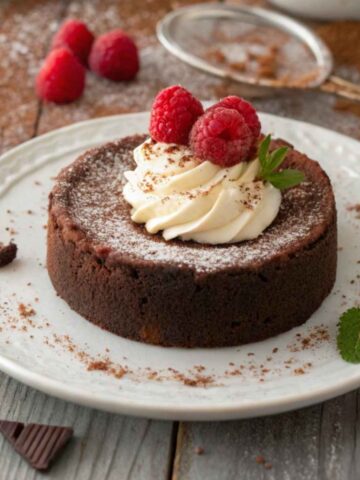
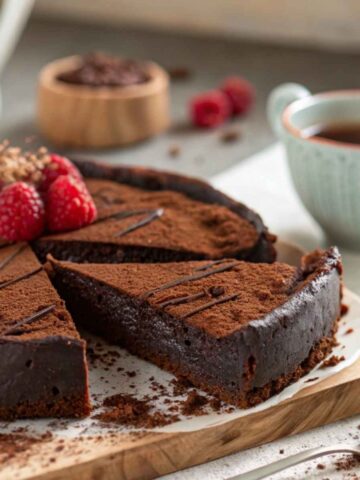
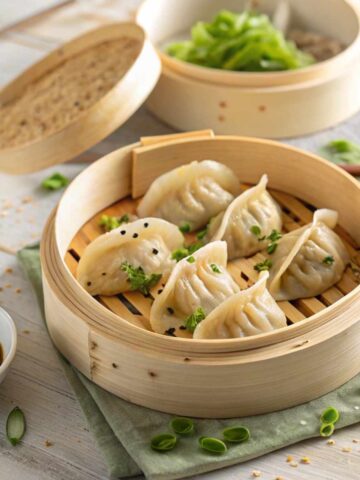
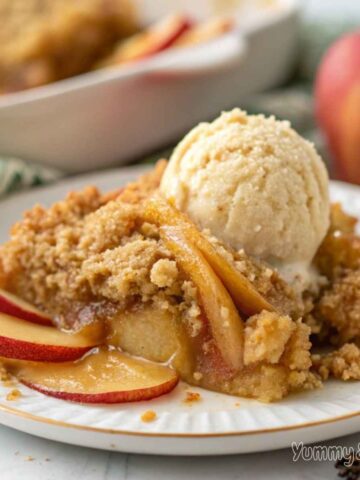
Leave a Reply